Paintings of Porcelain Production and Transport(Ciqi Zhiyun Tu)
This 18th-century Qing Dynasty series of 34 watercolor paintings, now housed in the Hong Kong Maritime Museum, documents the intricate process of Jingdezhen porcelain manufacturing and its global trade networks. Created for Western markets as “export art”, these paintings blend technical precision with cultural storytelling, capturing China’s porcelain industry during its peak as a global commodity.
Key Scenes & Translations (with Contextual Additions):
- Raozhou (饶州):
The scroll opens with officials arriving by boat in Jingdezhen (the “Porcelain Capital”) under the jurisdiction of Raozhou Prefecture. A red pagoda (built in the Northern Song) and tax-collecting grain ships flying yellow flags highlight the imperial oversight of porcelain as a state-controlled commodity. Taxes included not only grain but also ceramics, reflecting their economic importance. - Quarrying Clay (凿土):
Workers extract kaolin (porcelain clay) from mines in Anhui’s Qimen Mountains. The raw material, called baidunzi (白墩子, “white bricks”), is transported to Jingdezhen for processing. - Pounding Clay (樁土):
Water-powered trip-hammers (shuidui) crush clay stones into powder—an early example of industrial hydropower. - Treading Clay (踏土):
Buffaloes trample clay-water mixtures in pools to refine the slurry, a labor-intensive step to remove impurities. - Sieving Clay (筛土):
Women sieve slurry using horsehair sieves and silk filters, ensuring ultra-fine consistency for high-quality porcelain. - De-watering Clay (泌砂):
Clay is pressed in cloth-lined wooden molds with bricks to absorb moisture, forming workable blocks. - Molding Clay (印土):
Blocks are shaped in rectangular molds, stamped with workshop seals (shanghao), and sun-dried. - Blending Clay (炼土):
Kaolin (gaolingtu) and baidunzi are mixed in precise ratios (e.g., 70% soft baidunzi + 30% hard kaolin) to achieve the ideal plasticity for wheel-throwing. - Wheel-throwing (车胎):
Potters shape vessels on kick-powered wheels. An assistant adjusts a hanging rope to stabilize rotation, ensuring uniform thickness—a technique still used today. - Trimming (修胎):
Rough-shaped vessels are refined with knives on rotating wheels, then air-dried in sheds. - Glazing (盪釉):
- Dipping: Small wares are immersed in glaze tanks.
- Blowing: Bamboo tubes spray glaze onto large or complex shapes (zhuoqi), a method adapted for intricate designs.
- Kiln Loading (装窑):
Unglazed “saggars” (protective clay boxes) shield porcelain from flames and ash during high-temperature firing (~1200°C). - Firing (烧窑):
Workers feed pinewood into dragon kilns (longyao), requiring days of continuous fueling to reach peak temperatures. - Unloading Kiln (出窑):
Using wet cloths for heat protection, workers retrieve glowing-hot saggars. The purple hue indicates residual heat. - Canton Trade Scenes:
- Guangdong Merchants (粤商): Negotiate orders with Jingdezhen brokers (yahang), sealing deals with verbal agreements (“prices fixed upon consensus”) and silver scales.
- Quality Control Disputes (催货): Tensions arise when substandard wares are rejected, reflecting strict export standards.
- Enameling Workshops (鬦彩): Artisans paint Western-inspired patterns (e.g., “Canton enamels”), some wearing European spectacles—a nod to cultural exchange.
- Packaging & Transport:
- Barrel-making (箍桶): Wooden crates are built for overseas shipping.
- Straw-wrapping (茭草): Musicians entertain workers bundling ceramics in rice straw for land transport.
- Journey to Guangzhou:
Porcelain crosses Poyang Lake, braves rapids, and traverses the Meiling Pass via porters before reaching Guangzhou’s foreign ships. - Global Trade Finale:
- Customs at Whampoa (归装): British-flagged ships load crates near Guangzhou’s Haizhu Fort.
- Canton Enamels (广彩): Locally customized wares blend Chinese craftsmanship with European aesthetics.
- Spanish Silver (开铺): European traders pay with Spanish silver dollars, the era’s global currency.
- Festival Finale (发财):
A temple fair honors Fenghuo Xianshi (the kiln god), with Western mirrors adorning halls—symbolizing Guangzhou’s cosmopolitanism.
Cultural Context Additions for Western Audiences:
- Jingdezhen’s Global Role: By the 18th century, 300,000+ pieces annually reached Europe via the Dutch East India Company, making porcelain China’s top luxury export.
- “China” as Etymology: The word derives from Changnan (Jingdezhen’s former name), popularized by Persian and Portuguese traders.
- Technological Legacy: Innovations like saggars and standardized glazing techniques set benchmarks for global ceramic arts.
This series remains a vital visual archive of pre-industrial craftsmanship and East-West exchange, immortalizing the journey of “white gold” from Chinese kilns to global markets.

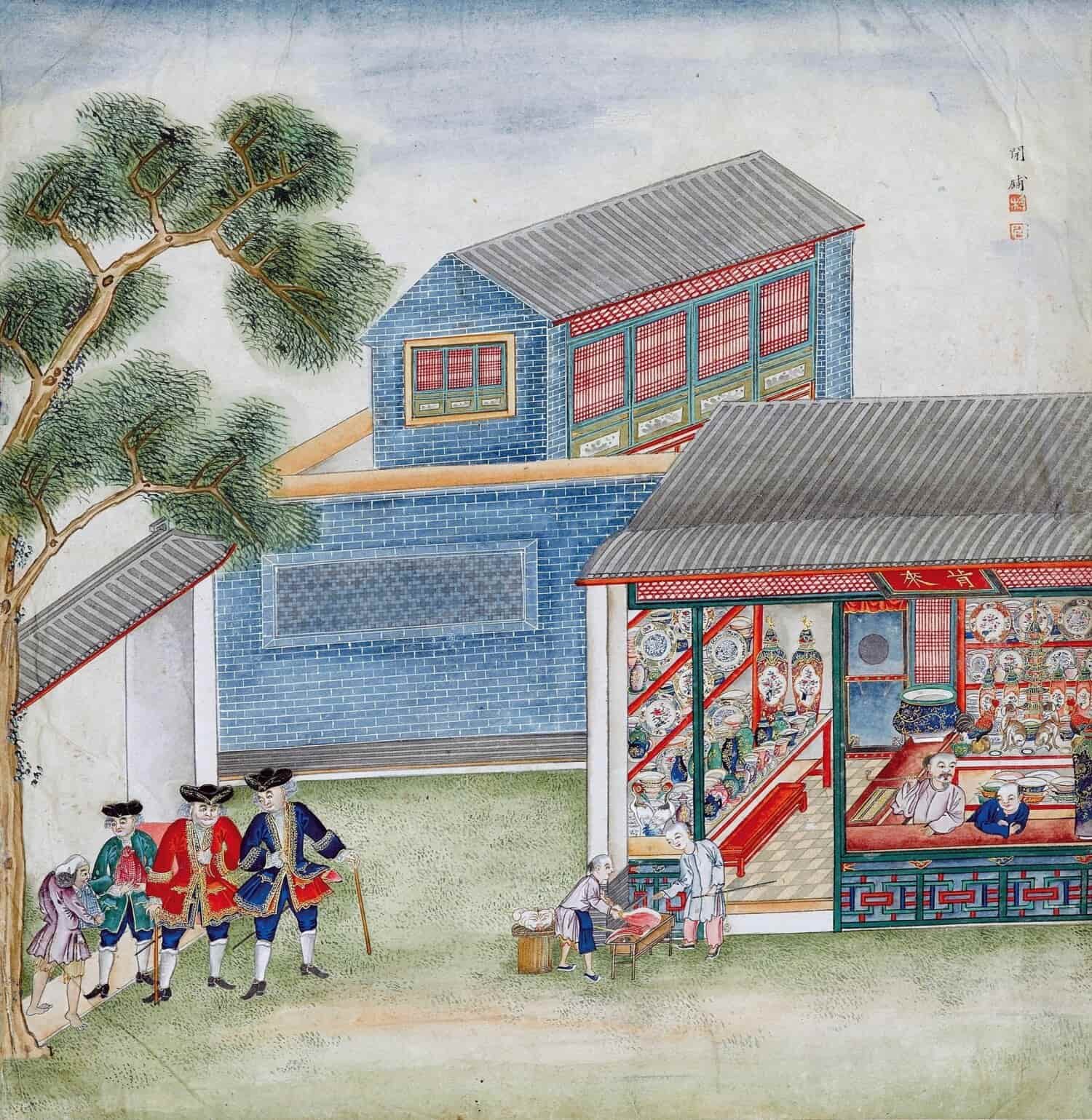
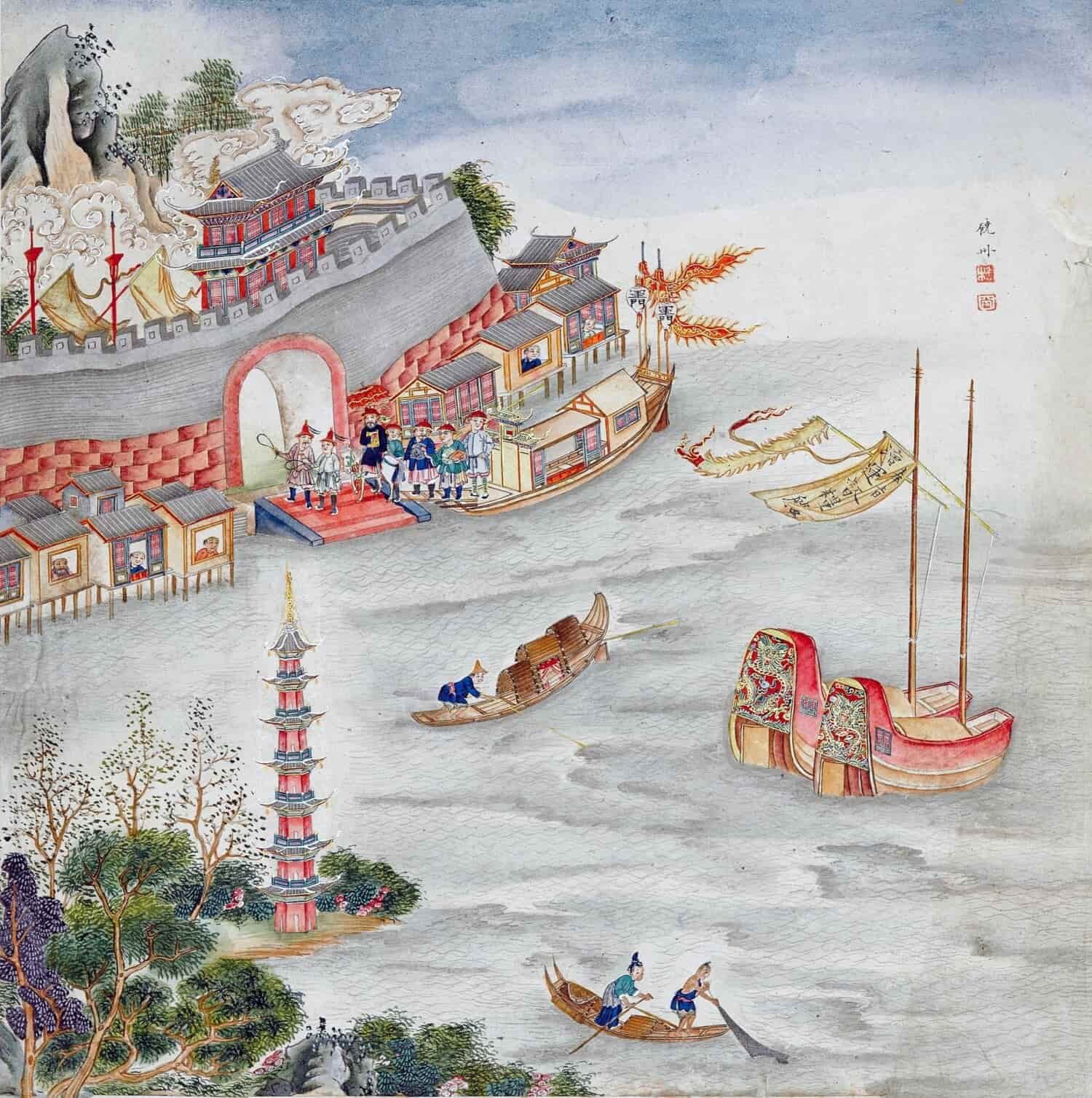
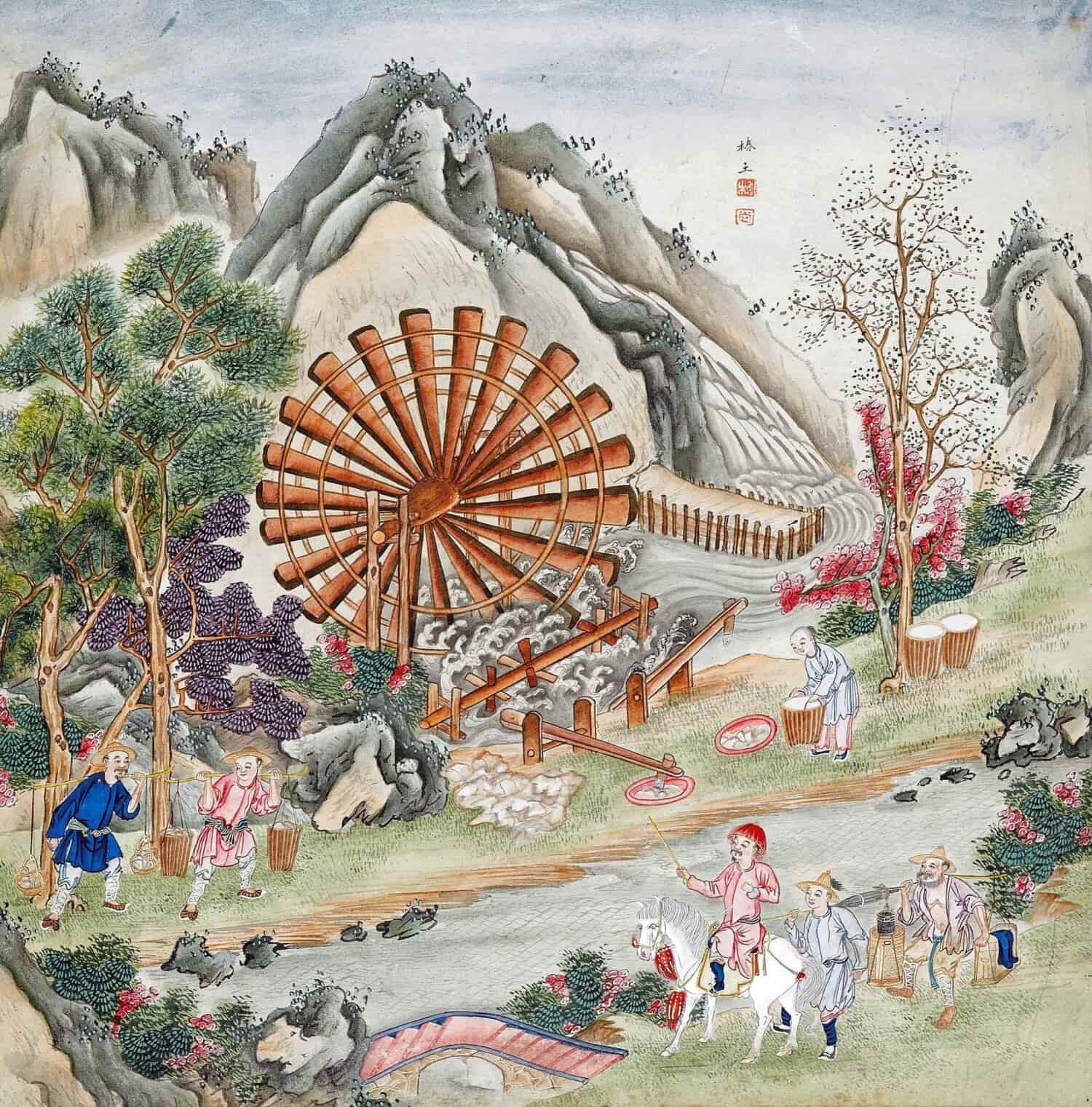
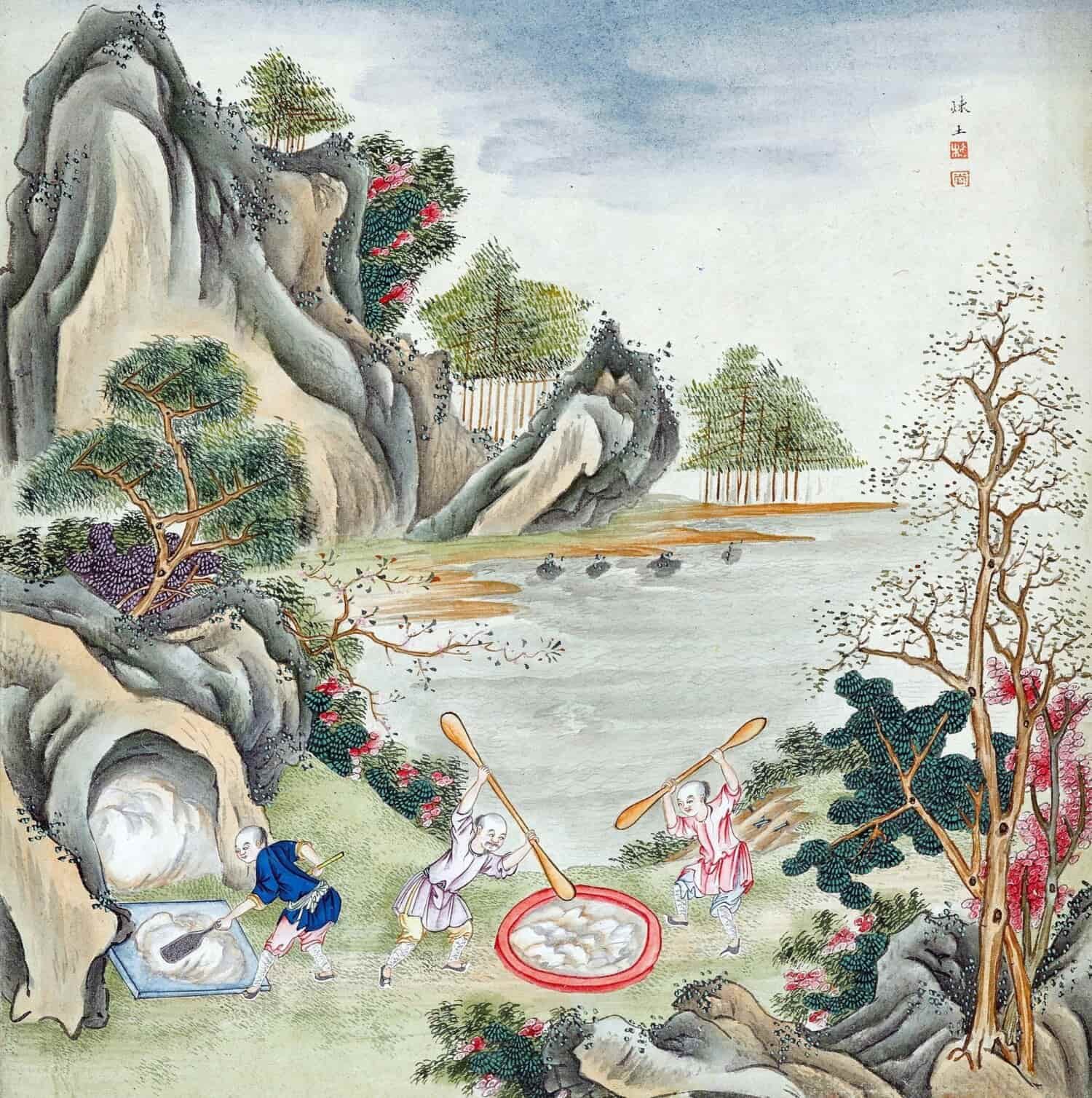
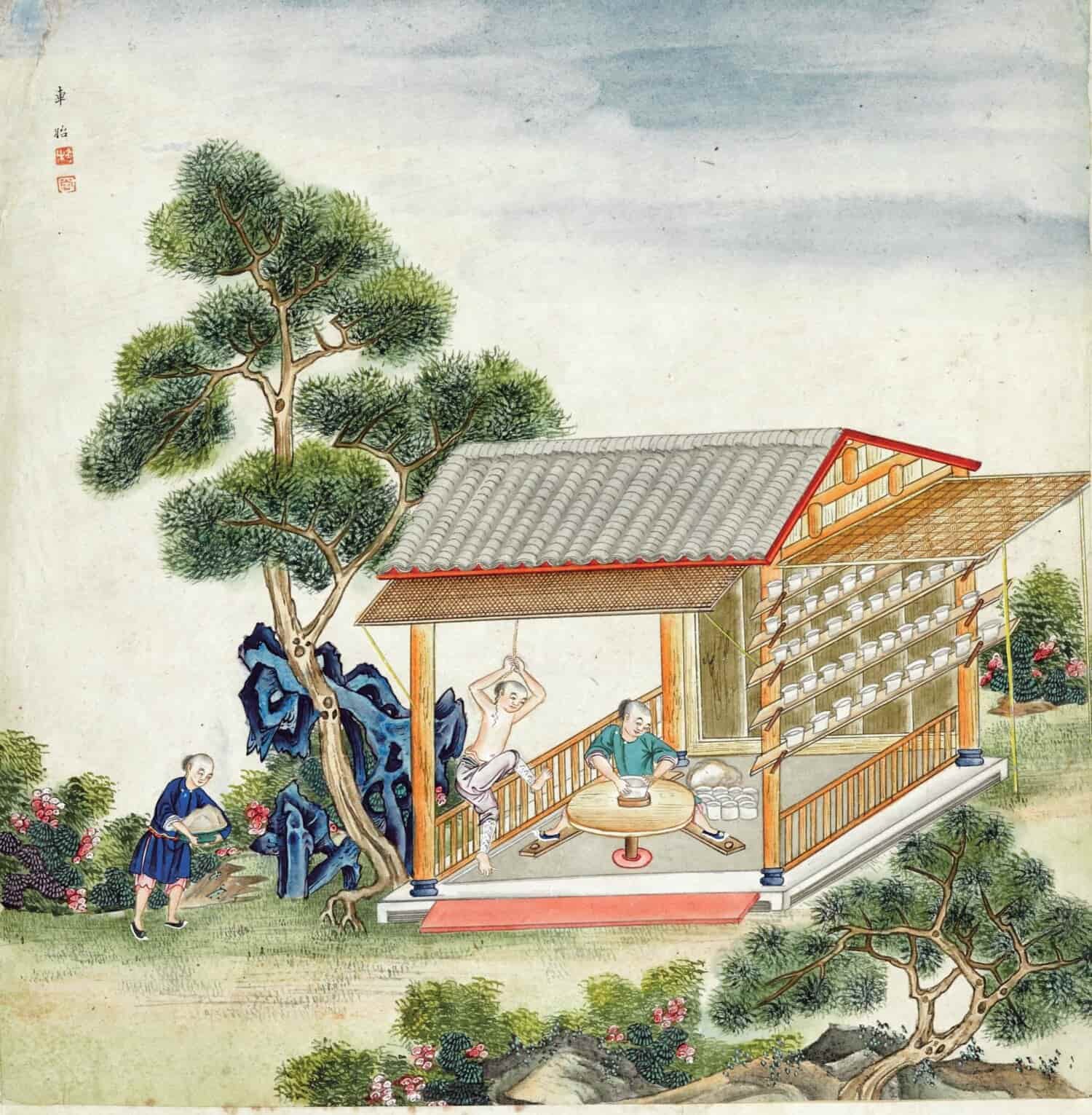
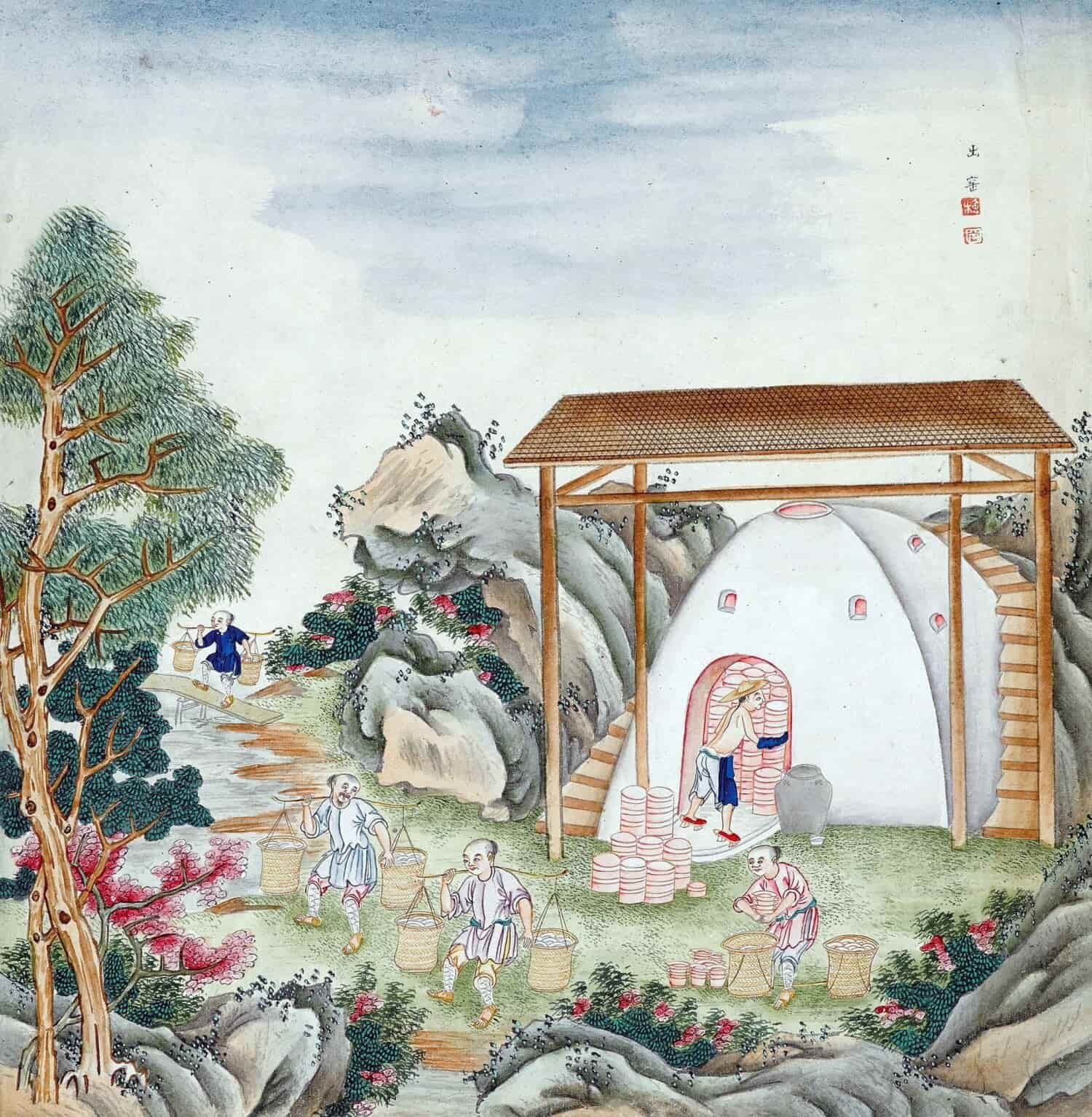
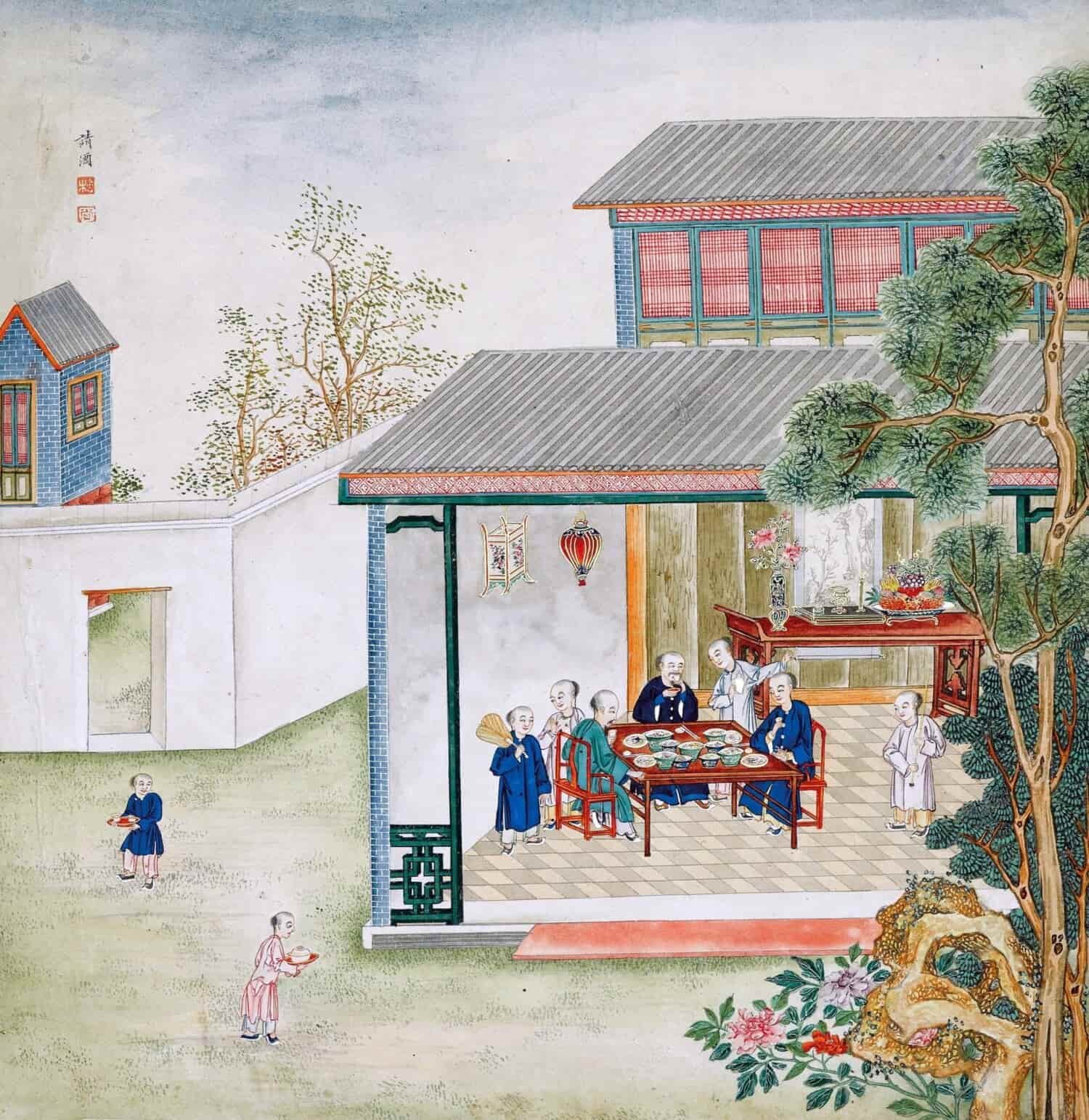
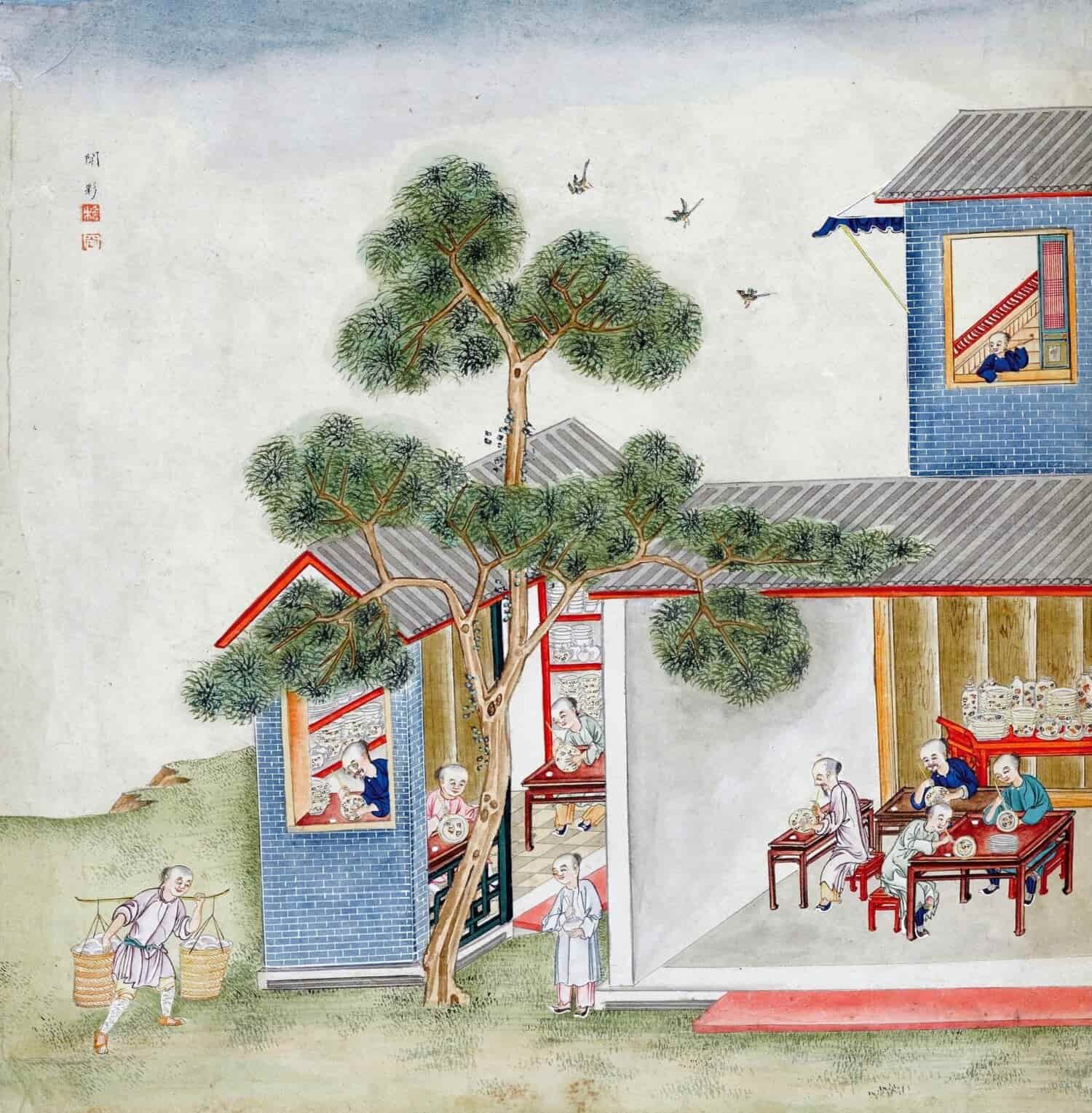
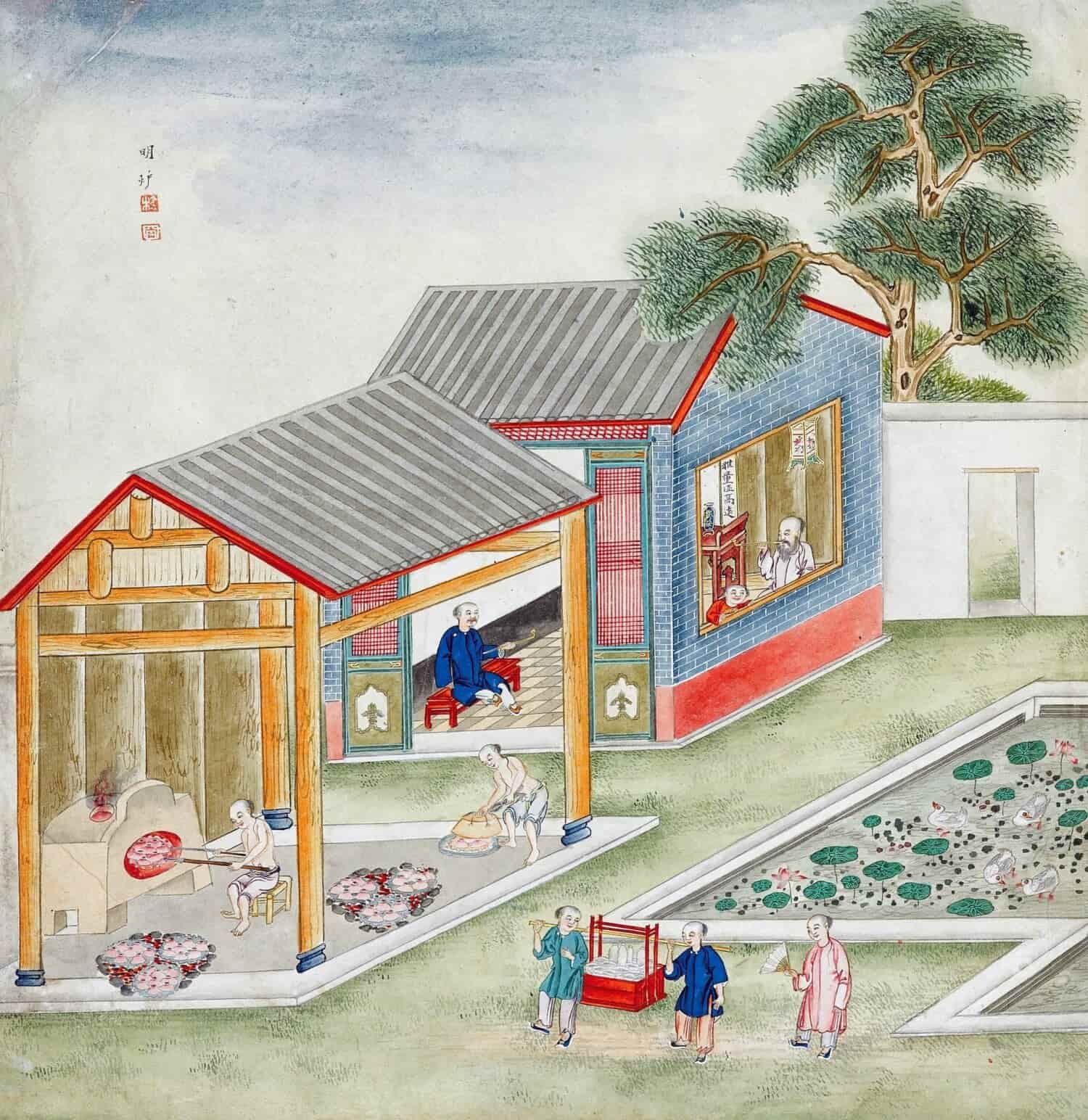
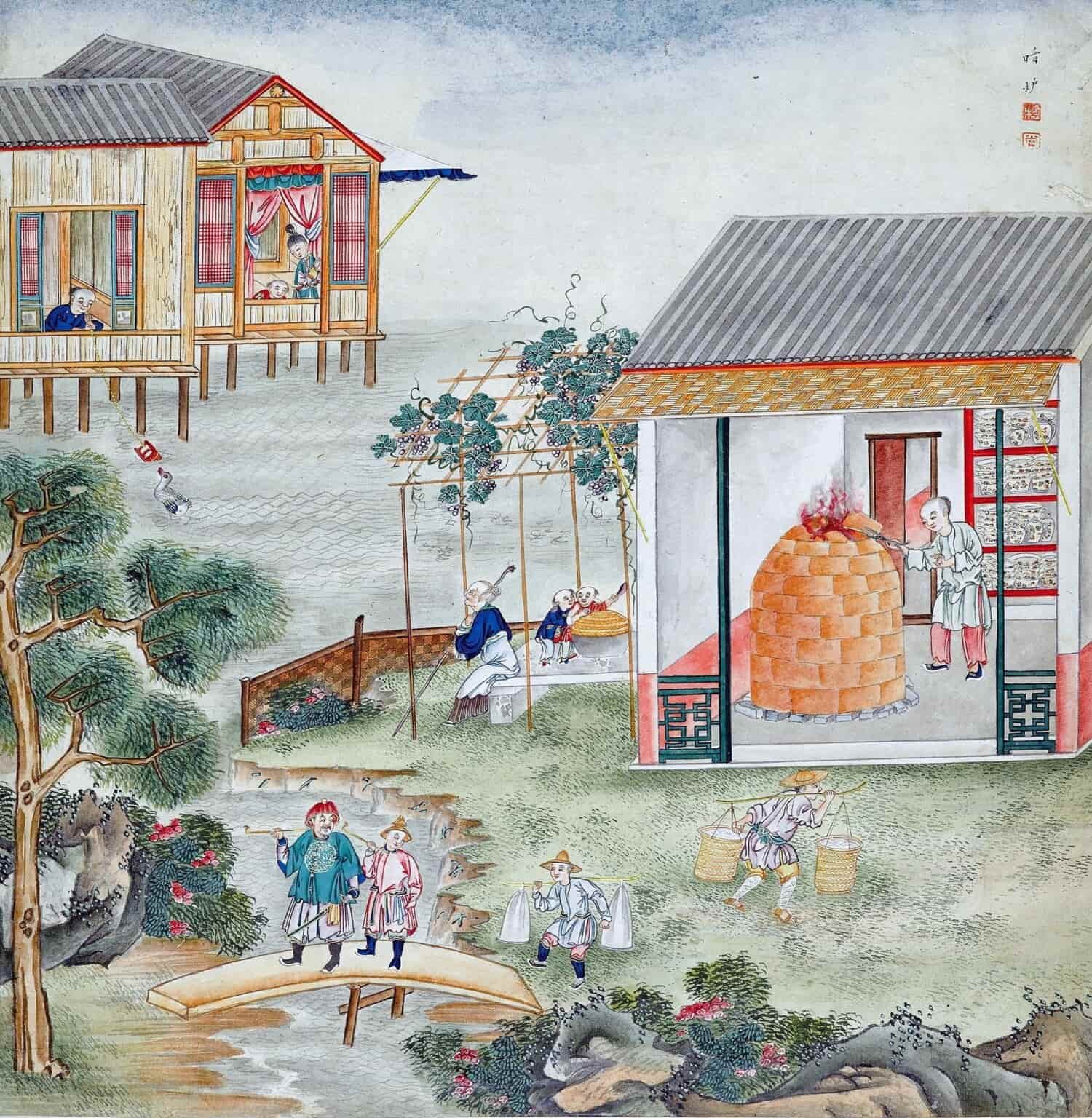
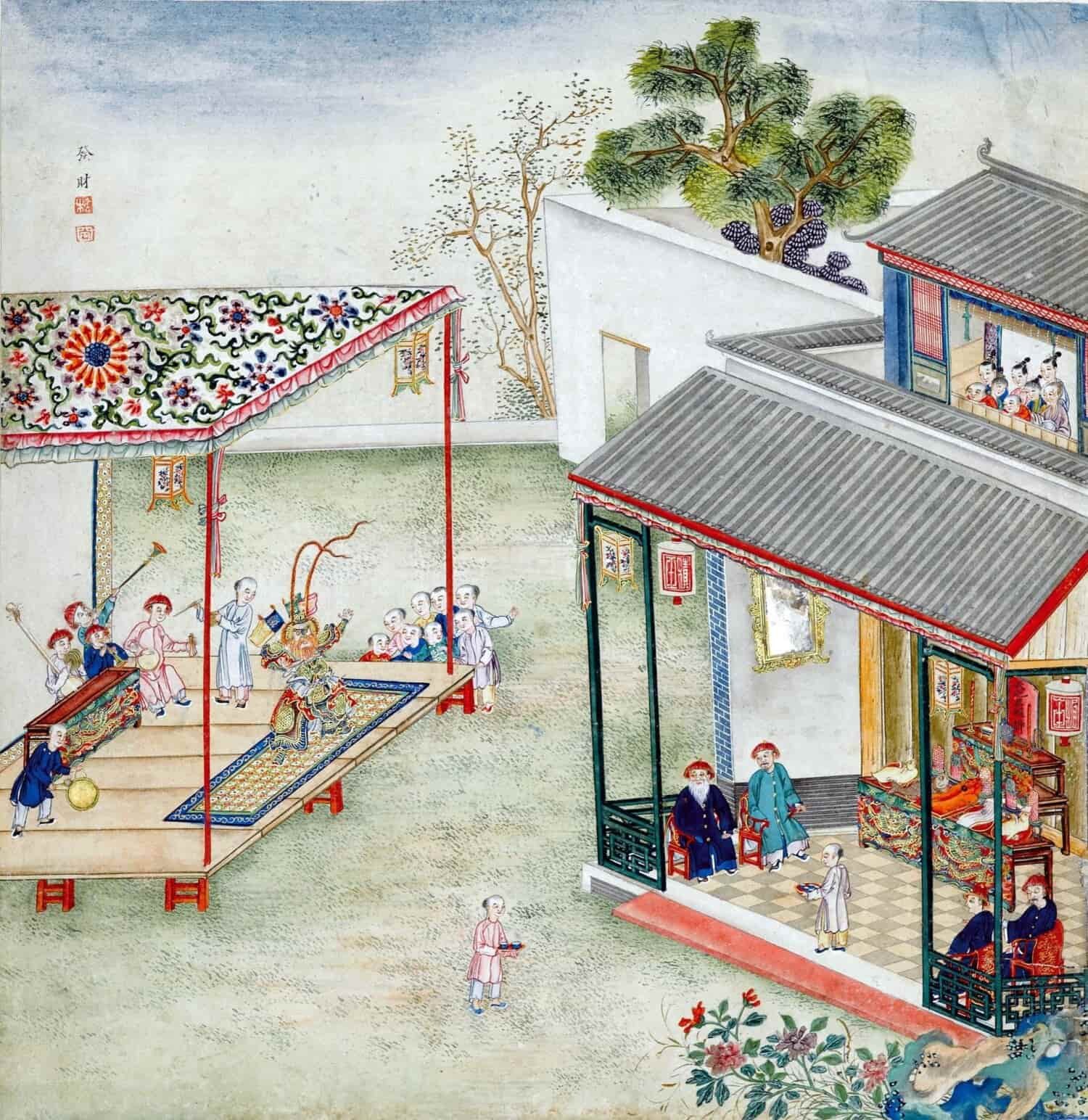
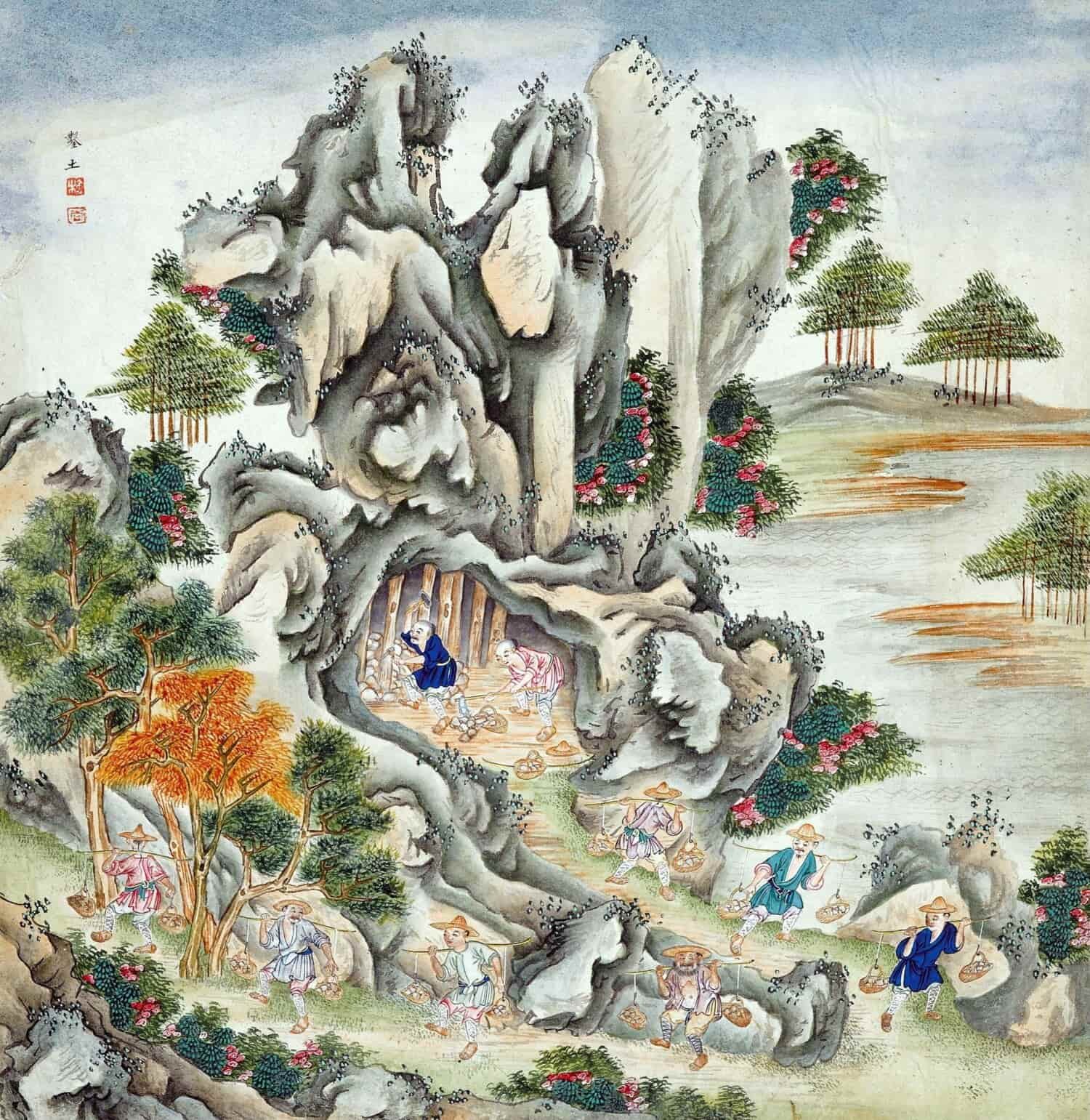
评价
目前还没有评价